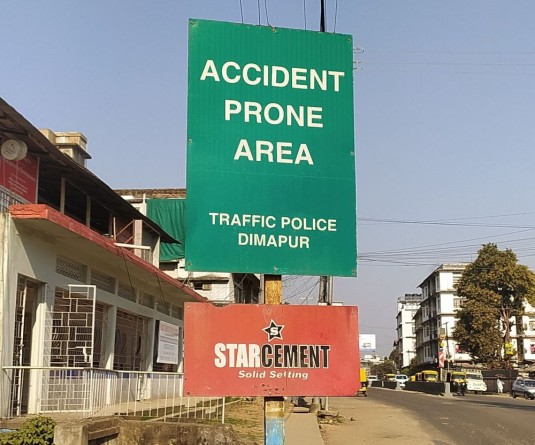
If there’s one thing that unites humanity, it’s the call of nature...
Yhusinlo Tep
Director, WSSO PHED Office of the Chief Engineer PHED Nagaland : Kohima
World Toilet Organization was founded on 19 November 2001 and the inaugural World Toilet Summit was held on the same day, the first global summit of its kind. Recognizing the need for an international day to draw global attention to the sanitation crisis, World Toilet Day was established. NGOs, the private sector, civil society organisations and the international community joined in to mark the global day. In 2013, a joint initiative between the Government of Singapore and World Toilet Organization led to Singapore’s first UN resolution, entitled “Sanitation for All”, calling for collective action to address the global sanitation crisis through the commemoration of World Toilet Day. The resolution was co-sponsored and adopted by 122 countries at the 67th session of the UN General Assembly in New York. On July 24, 2013, World Toilet Day on 19 November became an official UN day. World Toilet Day is a day to raise awareness and inspire action to tackle the global sanitation crisis – a topic often neglected and shrouded in taboos. Today, billions of people are struggling to stay well, keep their children alive and work their way to a better future – all for the want of a toilet. The theme for 2017 is “Wastewater”. By 2030, the Sustainable Development Goals aims to reach everyone with sanitation and halve the proportion of untreated wastewater and increase recycling and safe reuse. For that to be achieved, everyone’s waste needs to be contained, transported, treated and disposed of in a safe and sustainable way. In addition to the profound impact this will have on health and living conditions, safely-managed wastewater has massive potential as an affordable and sustainable source of energy, nutrients and water. Today, for billions of people around the world, sanitation systems are either non-existent or ineffective. Despite access to proper sanitation being declared a basic human right, one in three people across the globe do not have regular access to a toilet. Additionally, even amongst those who have such access, unclean and unsafe toilets pose problems of their own, including contributing towards the spread of diseases like cholera, typhoid and hepatitis – in some parts of Africa, diarrhoea is one of the main child killers. Open defecation is also responsible for increasing the number of sexual assaults perpetrated on women and children. Furthermore, when young girls begin menstruating, the lack of privacy forces them to stay home from school, thus limiting their chances of getting a basic education and, what comes after that, a decent job in the future. Again, open defecation is one of the main causes of drinking water pollution and diarrhoea incidences. Globally 80% of wastewater flows back into the ecosystem without being treated or reused. As such, there is an urgent need for a paradigm shift towards affordable technological alternatives for wastewater treatment, which should be tailored to local and specific contexts. To achieve SDG 6 (Ensure availability and sustainable management of water and sanitation for all) everyone’s poo needs to take a 4-step journey:
I.Containment. Poo must be deposited into a hygienic toilet and stored in a sealed pit or tank, separated from human contact.
II.Transport. Pipes or latrine emptying services must move the poo to the treatment stage.
III. Treatment. Poo must be processed into treated wastewater and waste products that can be safely returned to the environment.
IV. Disposal or reuse. Safely treated poo can be used for energy generation or as a fertilizer in food production.
Ensuring that everyone has access to adequate sanitation facilities is not only fundamental for human dignity and privacy, but also for protecting the quality of drinking water sources; with significant benefits for human health and economic development, as well as for the protection of water-related ecosystems. Sustainable sanitation services should therefore be a part of a holistic approach to Integrated Water Resource Management. Safe wastewater reuse, and the consideration of minimum water quantity needed for domestic uses and subsistence agriculture, should all be encouraged at watershed level and from a long-term perspective.



